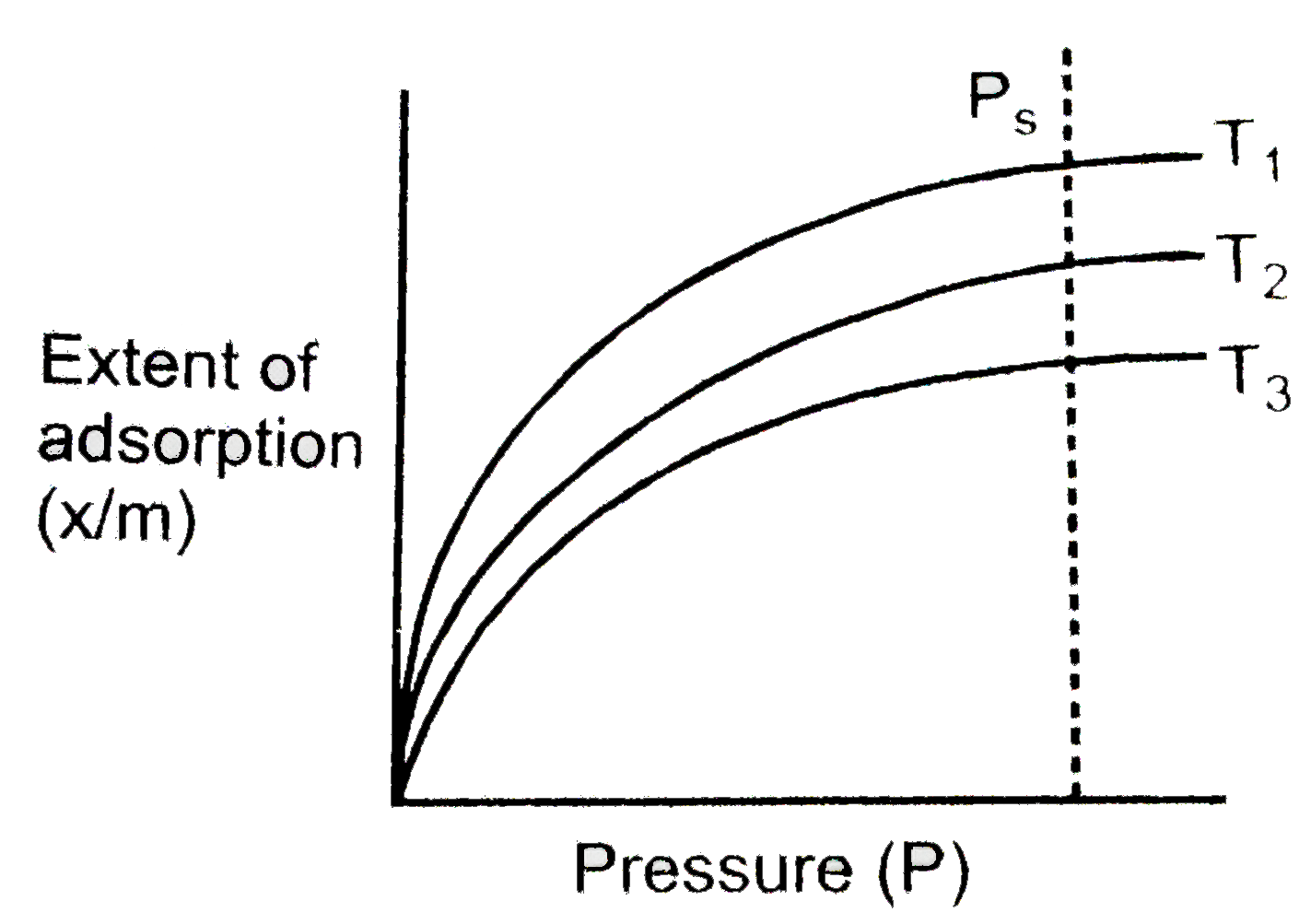In an elementary reaction A(g)+2B(g)→C(g) the initial pressure of A and B are PA=0.40 atm and PB=0.60 atm respectively. After time T, if pressure of C is observed 0.1 atm, then find the value of ri( initial rate of reaction)rt( rate of reaction after time t).Solution in Punjabi
The correct Answer is:3
Step by step video & image solution for In an elementary reaction A(g)+2B(g) to C(g) the initial pressure of A and B are P_(A)=0.40 atm and P_(B)=0.60 atm respectively. After time T, if pressure of C is observed 0.1 atm, then find the value of (r_(i) (" initial rate of reaction"))/(r_(t)(" rate of reaction after time t")). by Chemistry experts to help you in doubts & scoring excellent marks in Class 12 exams.
Updated on:21/07/2023Topper's Solved these Questions
- CHEMICAL KINETIC & NUCLEAR CHEMISTRYBOOK - NARENDRA AWASTHICHAPTER - CHEMICAL KINETIC & NUCLEAR CHEMISTRYEXERCISE - Level 1 (Q.3 To Q.32)
1 Videos
- CHEMICAL KINETIC & NUCLEAR CHEMISTRYBOOK - NARENDRA AWASTHICHAPTER - CHEMICAL KINETIC & NUCLEAR CHEMISTRYEXERCISE - Level 1 (Q.33 To Q.62)
2 Videos
- SURFACE CHEMISTRYBOOK - NARENDRA AWASTHICHAPTER - SURFACE CHEMISTRYEXERCISE - Level -2
1 Videos
Similar Questions
The following data pertain to reaction between A and B
S.No[A][B]RatemolL−1molL−1molL−1sec−1I1×10−22×10−22×10−4II2×10−22×10−24×10−4III2×10−24×10−28×10−4
Which of the following interference(s) can be drawn from the above data
(a) Rate constatnt of the reaction 10−4
(b) Rate law of reaction is k[A][B]
(c ) Rate of reaction increases four times on doubling the concentration of both the reactant Select the correct answer codes:
a) a,b and C
b) a and b
c) b and c
d) c alone
View Solutioncolumn Icolumn IIP.Zero order reaction1.t1/2α1[A]0Q.First order reaction2.t100%=[A]0/kR.second order reactions3.Involves at least two reactantsS.Pseudo unimolecular reaction4.[A]=[A]0e−kt
View Solutionfor the graph below, select correct order of temperture ?

View SolutionThe reaction A(g) + 2B(g) rarr C(g) + D(g) is an elementary process. In an experiment involvig this reaction, the initial partial pressure of A and B are p_(A) = 0.60 atm and p_(B) = 0.80 atm , respectively. When p_(C ) = 0.20 atm , the rate of reaction relative to the initial rate is
View SolutionThe reaction A(g)+2B(g)rarrC(g)+D(g) is an elementary process. In an experimetn, the initial partial pressure of A and B are P_(A)= 0.60 and P_(B)= 0.80 atm . When P_(C )=0.2 atm , the rate of reaction relative to the initial rate is
View SolutionIn an elementary reaction A(g)+2B(g) to C(g) the initial pressure of A and B are P_(A)=0.40 atm and P_(B) =0.60 atm respectively. After time T, if pressure of C is observed 0.1 atm, then find the value of (r_(i) (" initial rate of reaction"))/(r_(t)(" rate of reaction after time t")) .
View SolutionFor the reaction,
A(g)+2B(g)→C(g)+D(g) (dxdt)=k[A][B]2
Initial pressure of A and B are respectively 0.60 and 0.80 atm. At a time when pressure of C is 0.20 atm rate of the reaction, relative to the initial value is :
View SolutionConsider a first order gas phase decomposition reaction given below :
A(g) → B(g) + C(g)
The initial pressure of the system before decomposition of A was Pi. After lapse of time 't', total pressure of the system increased by x units and became 'pt' The rate constant k for the reaction is given as :
View SolutionThe reaction A(g) + 2B(g) → C(g) is an elementary reaction. In an experiment involving this reaction, the initial pressures of A and B are PA = 0.40 atm and PB = 1.0 atm respectively. When PC=0.3 atm, the rate of the reaction relative to the initial rate is:-
View SolutionFor a first order gas phase reaction : " "A(g)rarr2B(g)+C(g) P_(0) be initial pressure of A and P_(t) the total pressure at time 't' . Integrated rate equation is -
View SolutionFor the reaction A(g)→B(g)+C(g) , the rate constant is given as (Pt is initial pressure and Pt is pressure at time t )-
View SolutionFor a gas phase first order reaction,
A(g)→B(g)+2C(g)+D(g)
The initial pressure was P0 While pressure after 't' time becomes Pt (Pt>P0). The expression for the rate constant (K) would be
View SolutionFor the reaction, A(g)+2B(g)→C(g)+D(g)
dxdt=k[A][B]2
Initial pressure of A and B are respectively 0.60 atm and 0.80 atm. At a time when pressure of C is 0.20 atm, rate of the reaction, relative to the initial value is
View SolutionThe reaction, A(g)+2B(g) to C(g)+D(g) is an elementary process. In an experiment, the initial partial pressure of A and B are P_(A)=0.60 and P_(B)=0.80 atm. When P_(C )=0.2 atm, the rate of reaction relative to the initial rate is
View SolutionThe reaction A(g) + 2B(g) to C(g) is an elementary reaction. In an experiment involving this reaction, the initial pressures of A and B are P_A = 0.40 atm and P_B = 1.0 atm respectively. When P_C =0.3 atm, the rate of the reaction relative to the initial rate is:-
View SolutionIn an elementary reaction A(g)+2B(g)→C(g) the initial pressure of A and B are PA=0.40 atm and PB=0.60 atm respectively. After time T, if pressure of C is observed 0.1 atm, then find the value of ri( initial rate of reaction)rt( rate of reaction after time t).
View Solution
